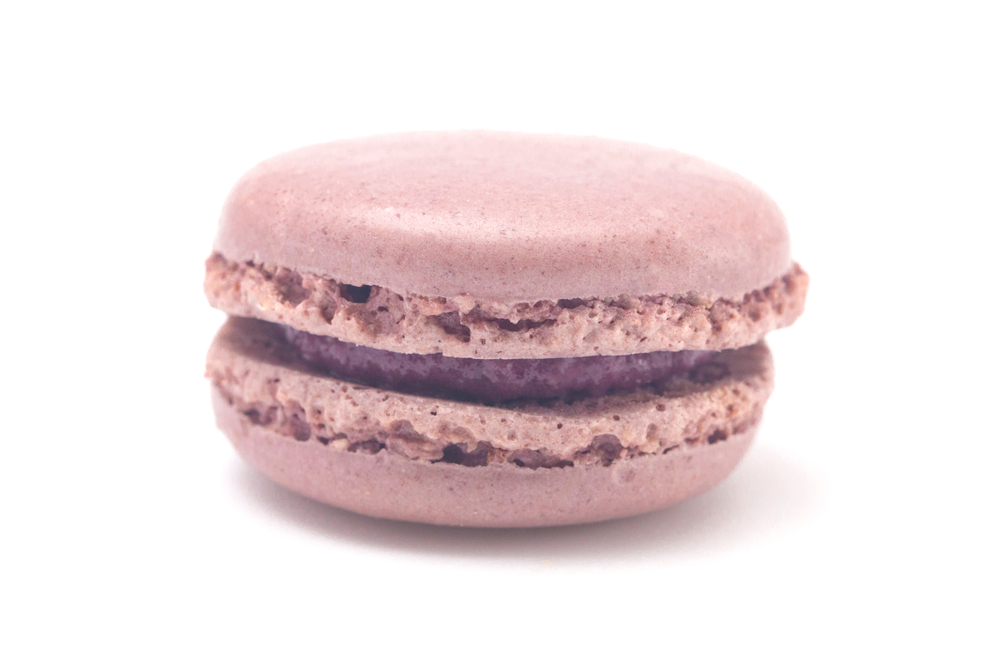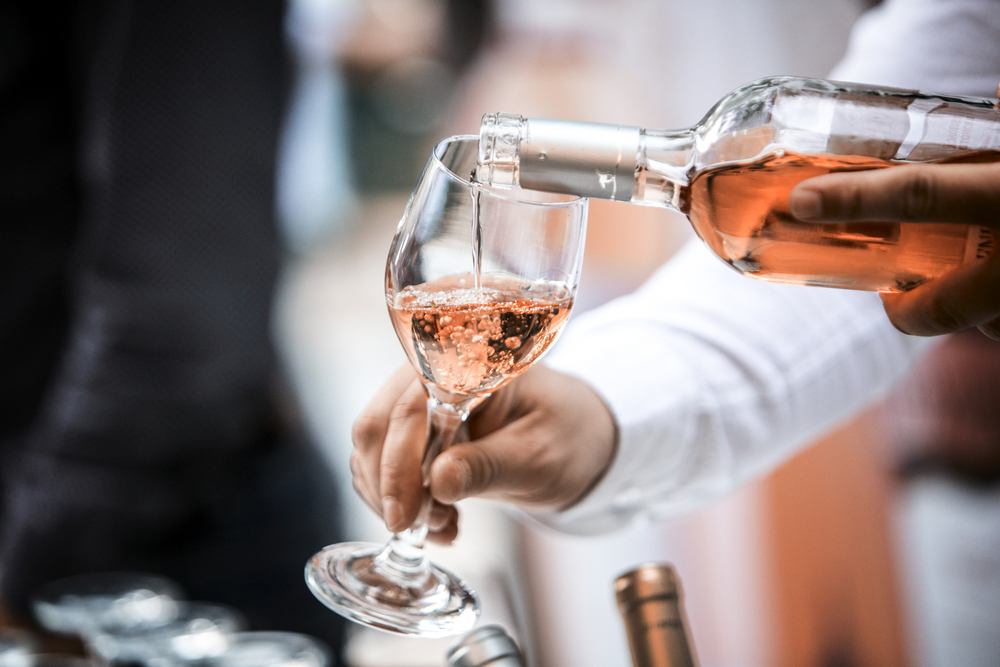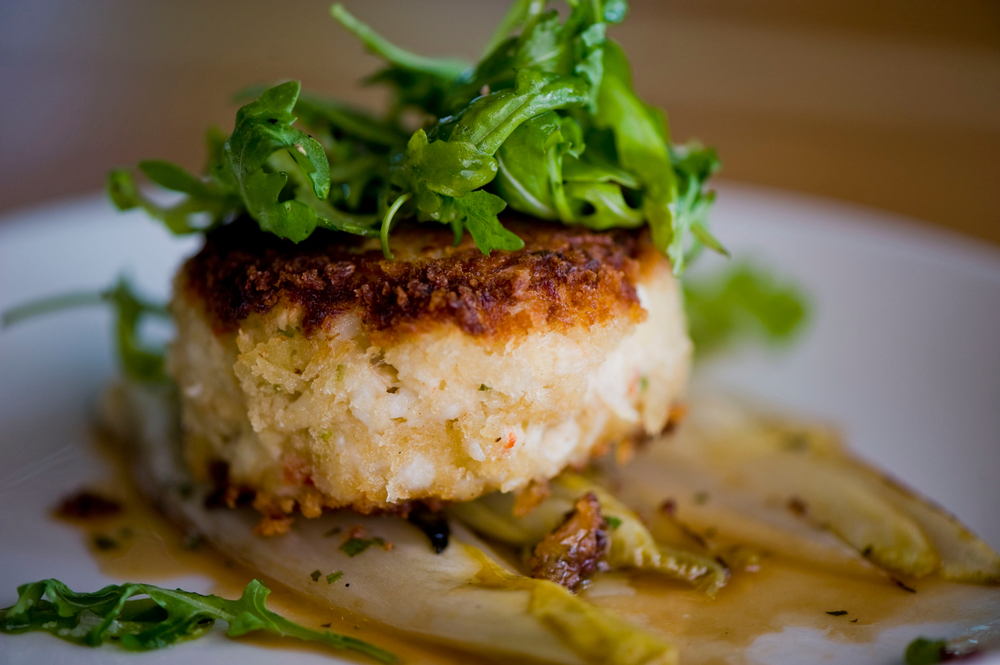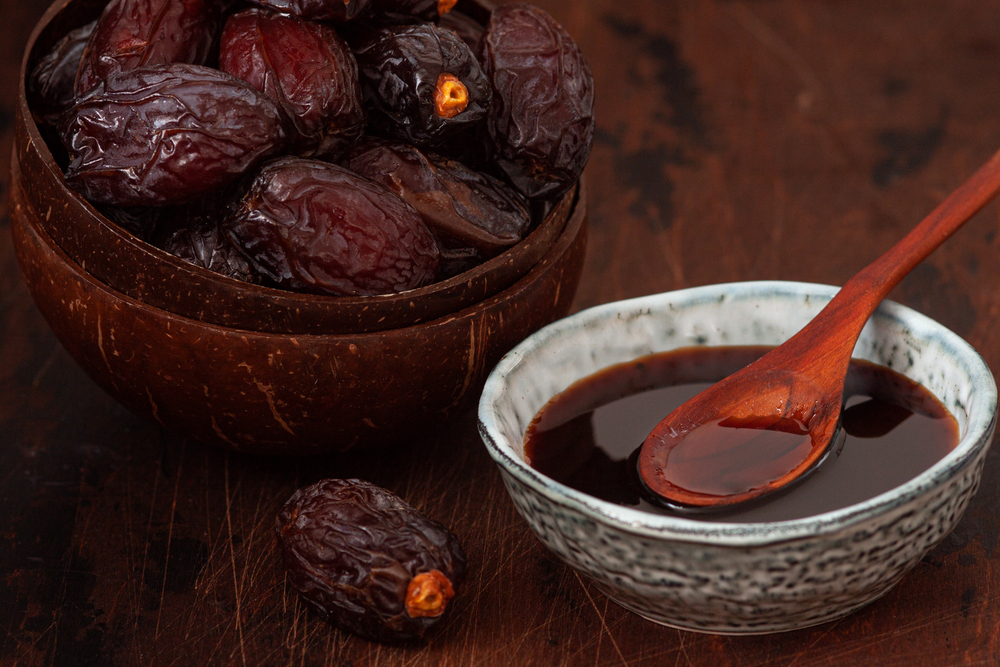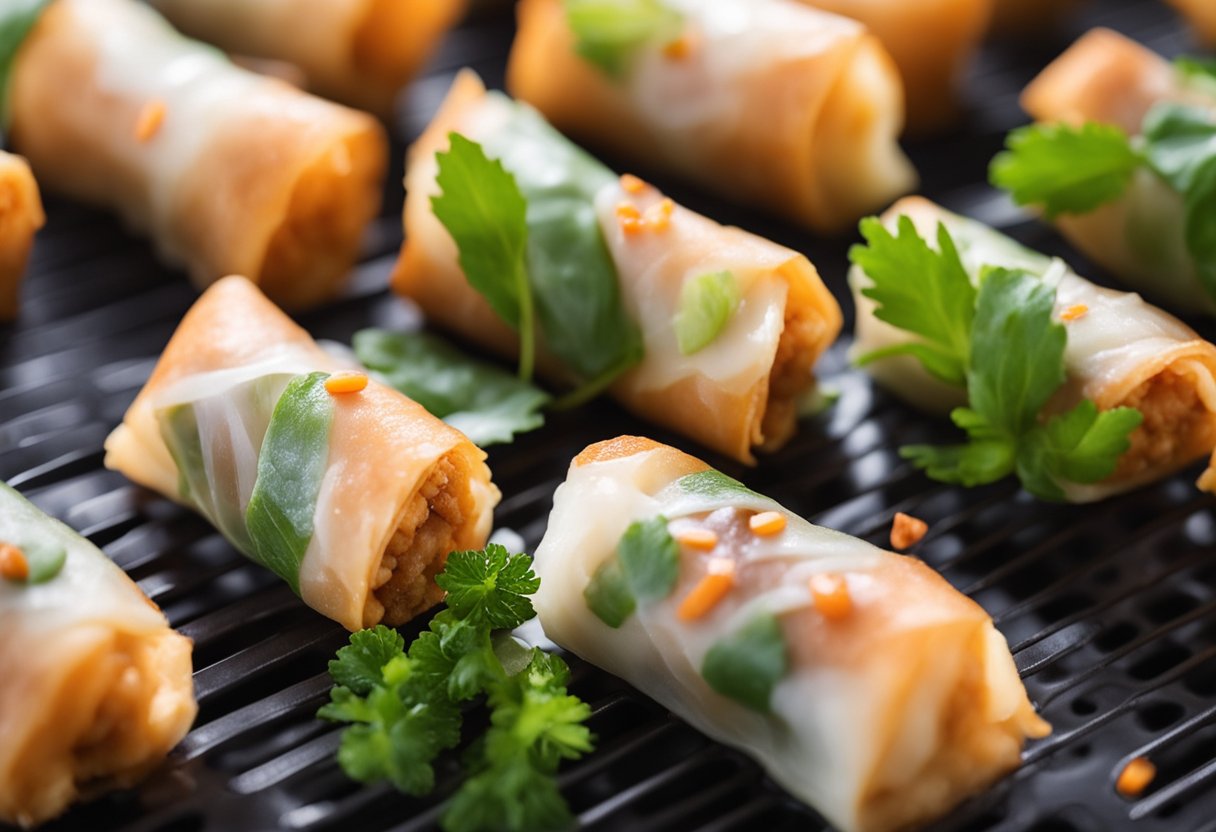Elderflower is not a new flavor, but it is certainly one that is gaining traction. While it is trendy today, especially in cocktails or in cakes, elderflower cordial has Victorian roots. Elderflower syrup can be found in specialty stores, and has endless possibilities.
The flavor of elderflower is floral, but not in the way you’d expect rose or lavender to be. This unexpected bloom is much sweeter than its contemporaries and slightly musky in taste. It has a crisp finish, perfect for pairing with lemon.
What Does Elderflower Taste Like
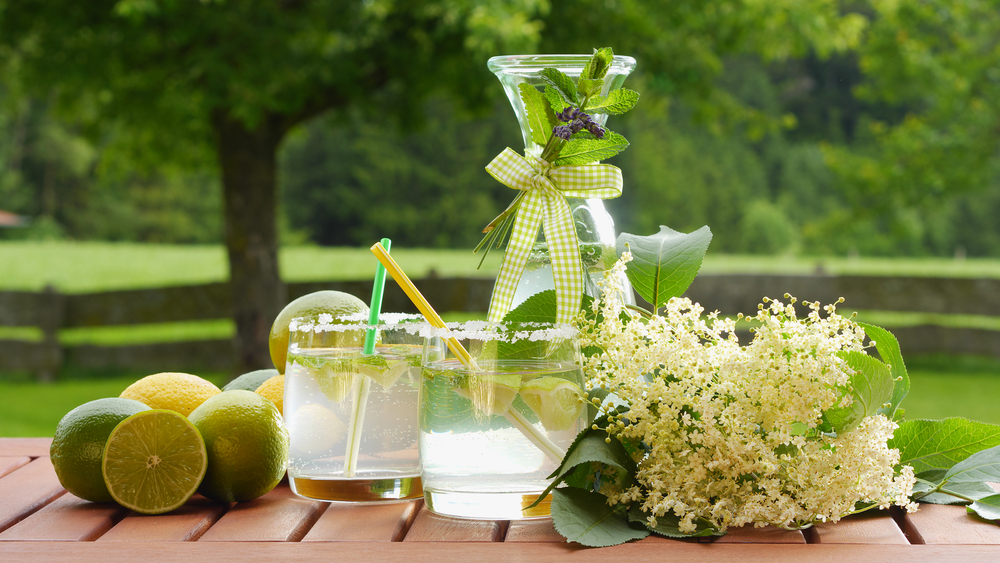
A sign of spring in the UK, these beautiful white blooms are mildly toxic, and can cause gastrointestinal issues. Specifically, eating raw elderflower in excess can cause nausea, vomiting, and diarrhea. Thankfully, cooking will remove the chemical in elderflower that causes such a reaction.
Since it is not often eaten raw, the focus here will mainly be on elderflower cordial. That is the most common way elderflower is found and consumed.
Taste
The way elderflower tastes is rather unique when it is put next to other commonly eaten flowers like rose or lavender. While you will detect the floral, herby taste that is telltale to flowers, there’s more to it. It’s rather sweet, and almost similar to a lychee.
With the delicate, easy sweetness of it, it can be compared as well to a pear or a taste slightly similar to star fruit.. As a cordial, it is slightly perfumy, with a light but complex musk. Cordials made from elderflower also have a crisp, cleansing taste. This makes it excellent in teas, especially with lemon.
In fact, elderflower pairs perfectly with lemon. It is similar to the way blueberry, with its rich sweetness, compliments tart citrus.
In St. Germain
St. Germain is a popular bar cocktail that contains elderflower. It’s made by smashing up elderflowers that were harvested in France each spring. With a canvas of elderflower, the flavor is painted with cane sugar and a bit of citrus twist.

It is a sweet and tart drink that is often added to dry white wine or champagne. Adding it to champagne will result in a sophisticated, flowery drink.
As A Jam Or Marmelade
Elderflower jam or marmalade carries much of the floral, perfume-like notes that the flower itself does. It is soft and sticky in texture and deliciously sweet. It is heady and very faintly herbaceous.
In Cake
In a cake, elderflower is usually used more as a flavor accompaniment than the entire basis of the dish. It is usually paired with lemon or poppyseeds.
A cake made with elderflower will taste floral, fresh, and sweet. It will have all of the delicate, flowery notes that these flowers can deliver, with that rich, heady musk coming around as well. Lemon or another citrus will only enhance and brighten this cleansing taste.
Aroma
It is to be expected that a flower will have a pleasant scent, and elderflower cordial is no different. Elderflowers – and cordials, by extension – will have a mild, yet slightly herbal scent. There is something almost spice-like in the scent of elderflowers, mingling with the gentle, fresh floral notes.
Making Your Own Elderflower Cordial
If you want to bring in your own twist of elderflower to donuts, pastries, or cocktails, elderflower cordial is a sinch to make. All you’ll need is water, lemon juice, and sugar.

- Add sugar and water together in a pan over low heat and allow them to warm gently. Do not allow it to boil. You are looking to make a simple syrup with this. Allow it to heat until the sugar is dissolved. Stir occasionally.
- Zest the lemons and slice them into rounds. Add your lemon zest to your simple syrup.
- After the sugar is dissolved, bring the pot to a boil. As soon as you see it is boiling, cut off the heat.
- Wash your elderflowers carefully, swishing them around in the bowl to ensure there is no extra dirt or bugs in the mix.
- Once cleaned, give them a gentle shake before transferring them into the pot with your simple syrup. If you have citric acid, you can add it here as a preservative. Add in your lemon rounds, cover, and let the mixture infuse for 24 hours.
- Strain out the flowers and larger pieces through a colander lined with a clean towel. Allow the syrup to drip slowly into a bowl placed below your colander.
- Use a funnel to transfer the syrup into sterilized bottles.
This will keep for about 6 weeks, or about a month if you did not add citric acid. Keep it refrigerated, or freeze it into ice cubes to add a quick, fragrant kick to a summer drink.
Conclusion
Elderflower is a beautiful, delicate flower. It is a sign that spring has sprung, and fills the air with a fragrant, heady scent. When made into a cordial, it is delightfully sweet, and unique among other floral syrups.
The sweetness is cut through by a light muskiness, and something refreshing as well. It is similar to a pear or lychee, and pairs excellently with lemon. If you want to experience the flavor of elderflower yourself, you can make a cordial of it at home. All you’ll need is water, elderflowers, sugar, and a lemon.


